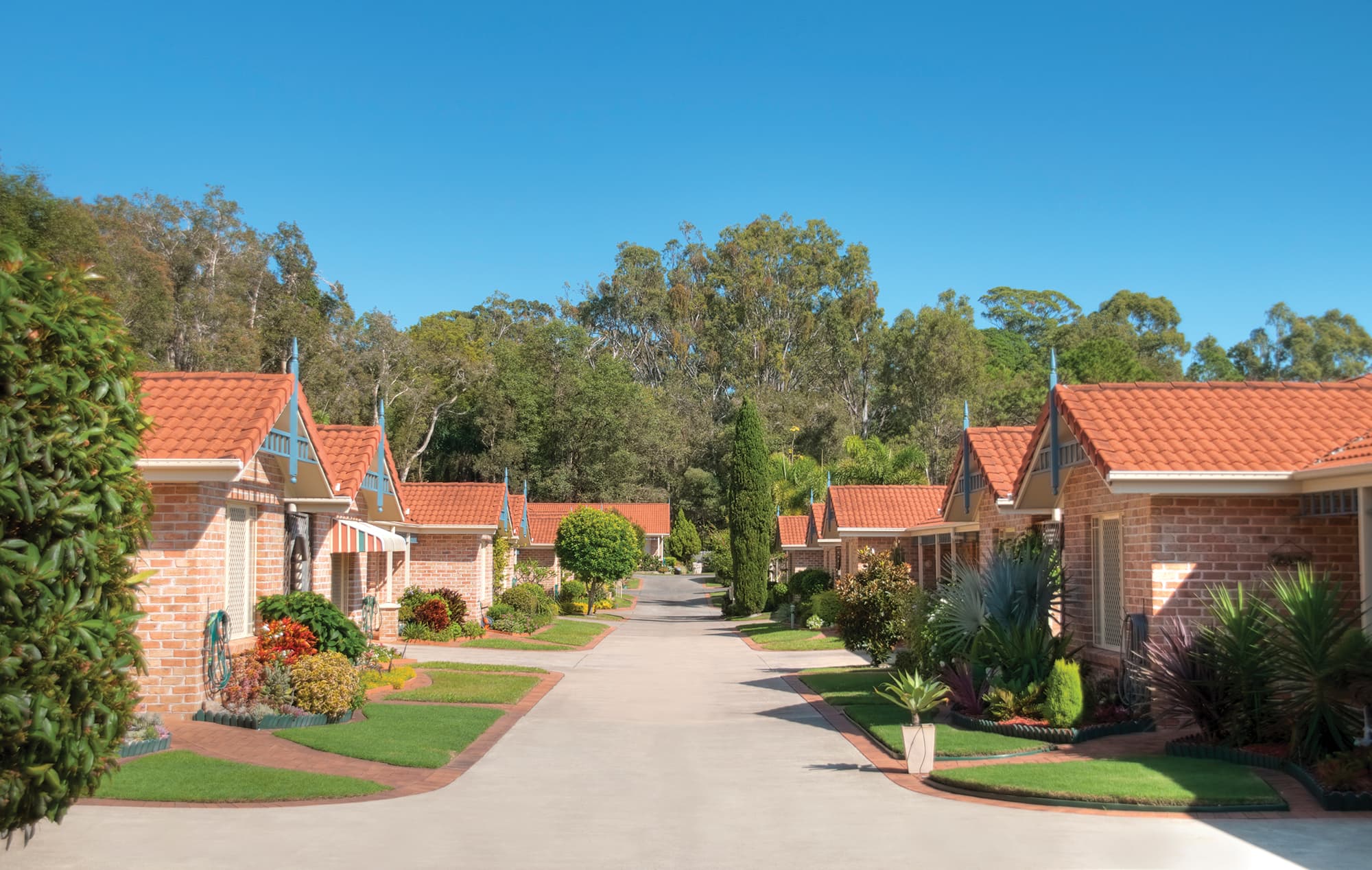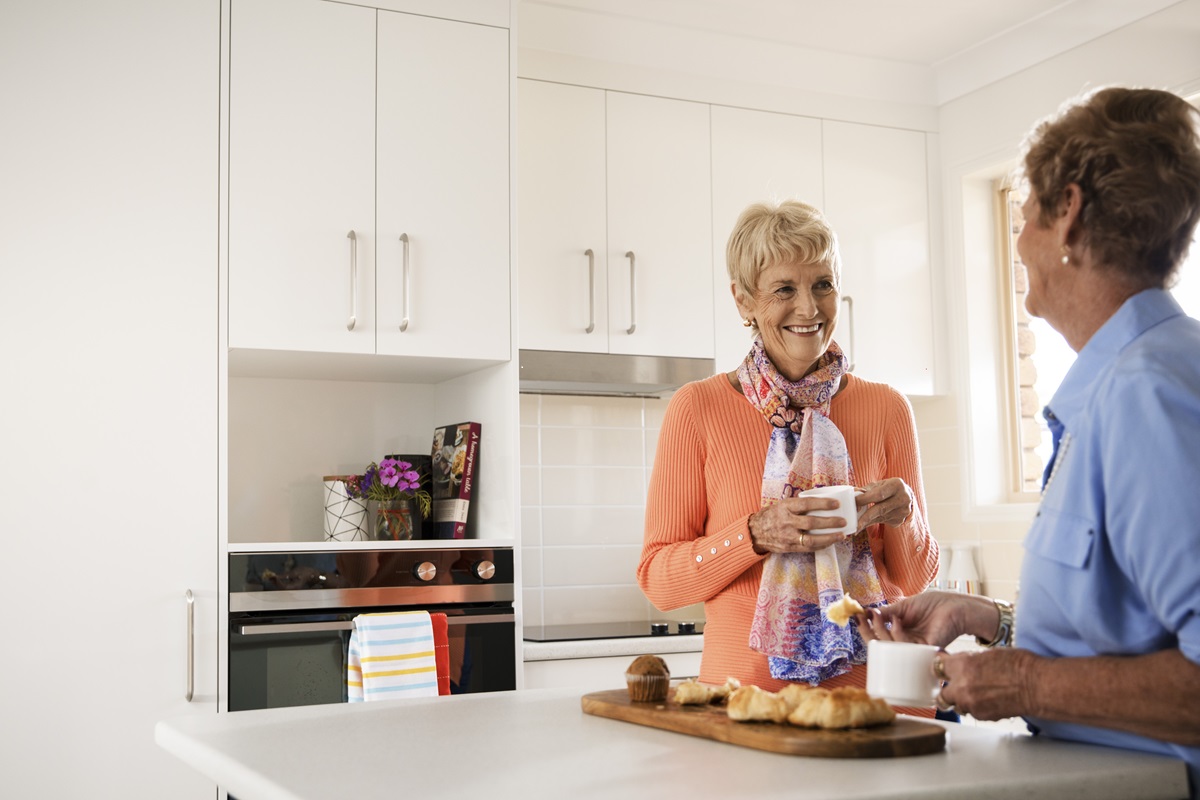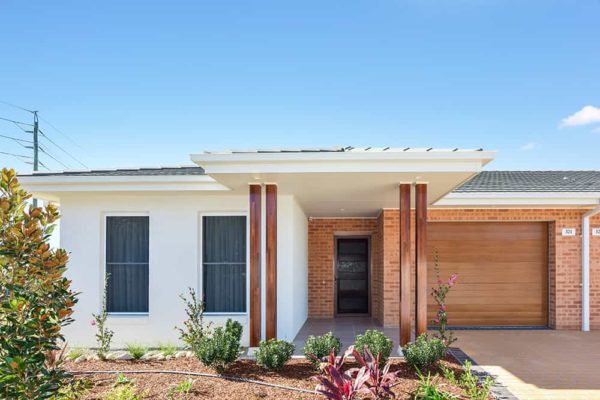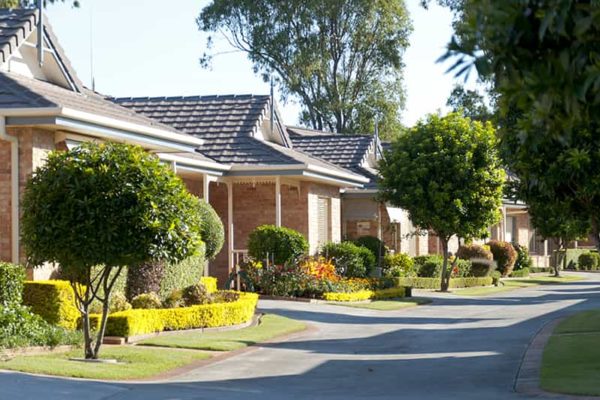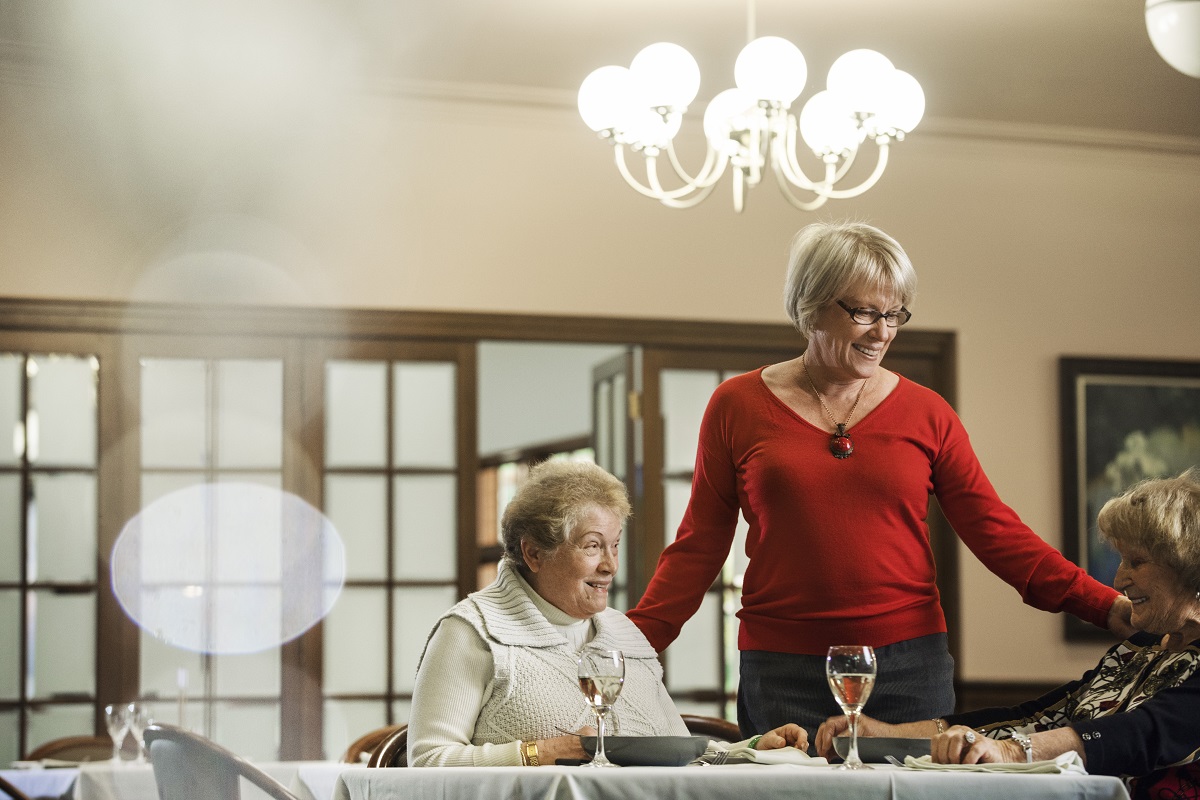
Living options for older Australians are often misunderstood. It’s commonly assumed that purpose-built accommodation for seniors is all much the same, but this isn’t accurate. Nursing homes and retirement villages are very different types of accommodation, suitable for different residents with different needs.
Each has its own benefits, but it’s a bit like comparing apples with oranges. So what is the difference between nursing homes and retirement villages? Read on to discover what you can expect from each type of community, lifestyle, care and living options. This way, you can research suitable accommodation with confidence, knowing it’s the right choice for you or a loved one.
Retirement villages
Many of our residents receive surprised reactions when they tell friends and family they’re moving into a retirement village.
“But you’re far too young, and far too healthy!” is a common response.
This arises because of the common misconception that aged care and retirement living are one and the same.
In a nutshell, retirement village residents are active and autonomous. They are able to live independently in their own home, but choose to live within a community environment to access all the benefits of village living. If you’re in the research phase and want to know more about retirement villages, it’s best to check out our Retire Ready guide.
On the other hand, nursing homes (also known as residential aged care facilities) are right for individuals who can no longer live independently, and need care and support around the clock.
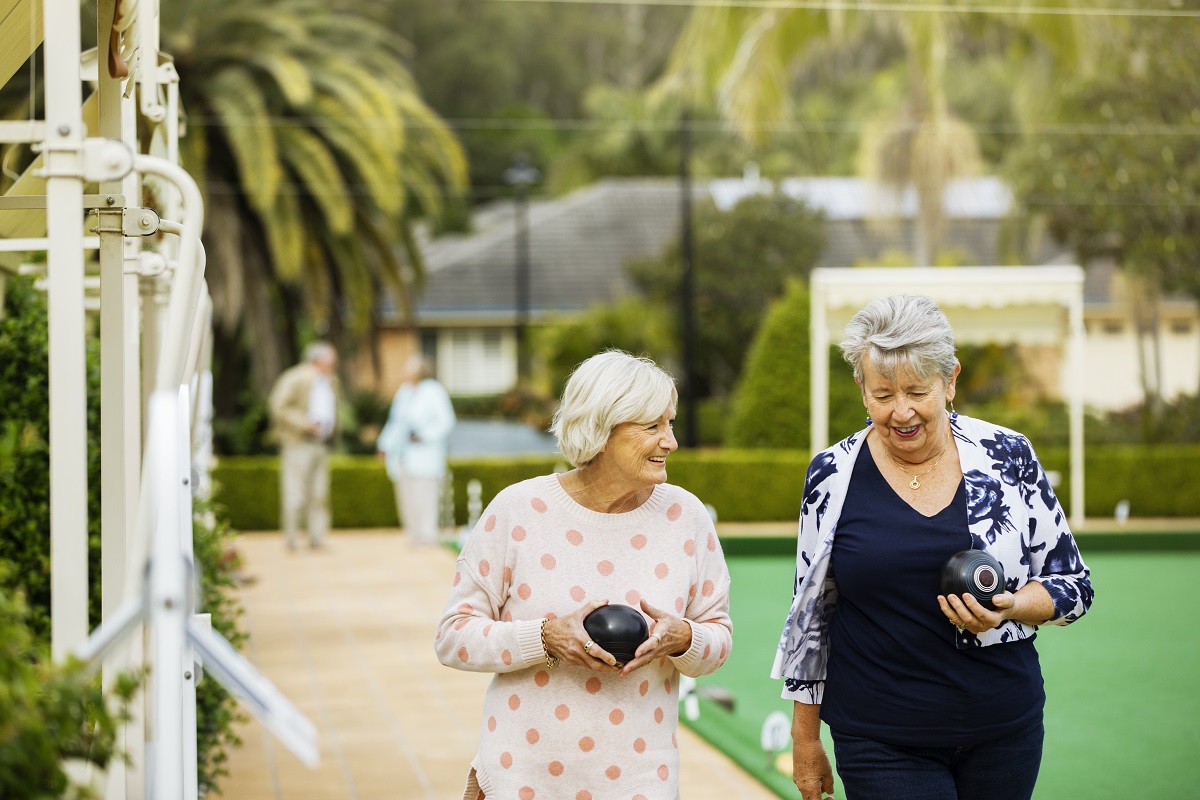
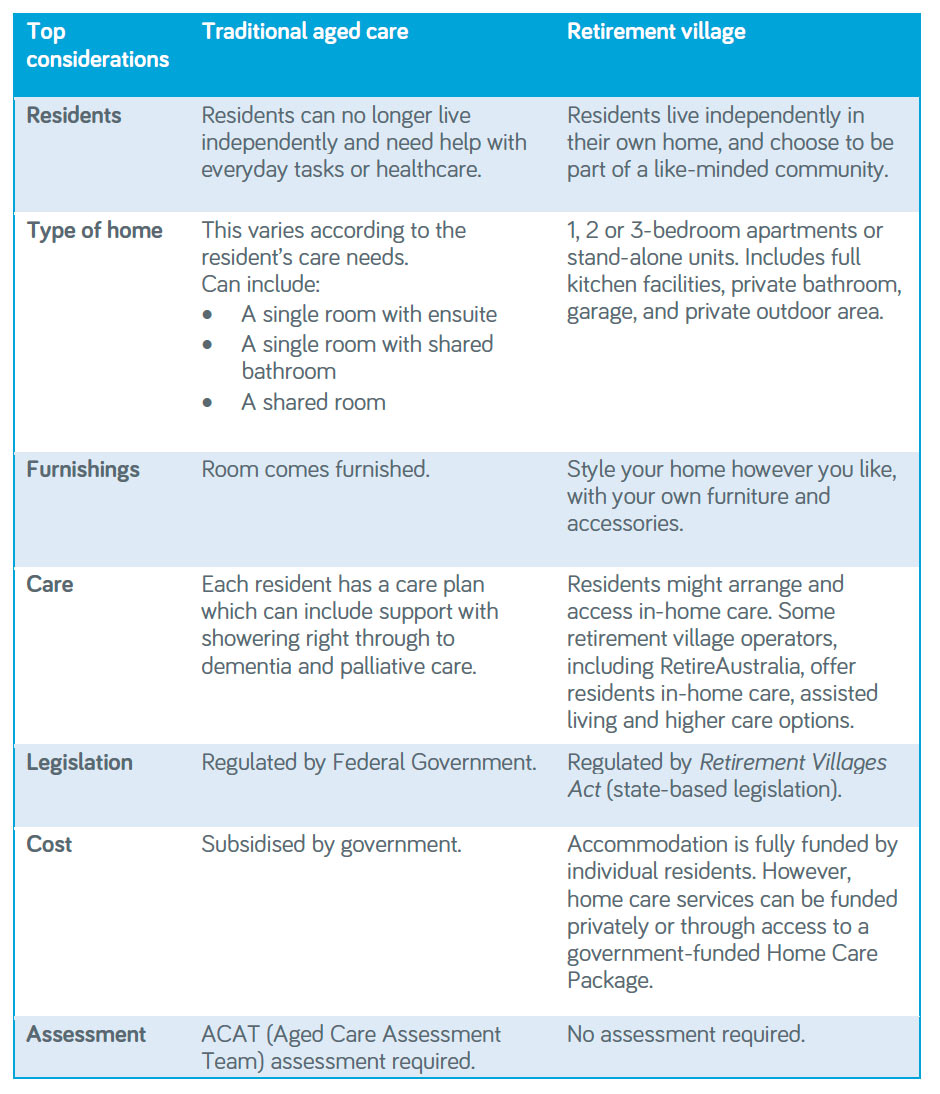
Social interactions and community
Retirement villages provide ample opportunities to interact with like-minded individuals and form meaningful social connections. While the activities vary from village to village, RetireAustralia communities have much to choose from – from lawn bowls to pilates, book club to craft groups, and movie nights to mahjong.
But this is only part of the story, because retirement villages are specifically designed to foster a sense of belonging and connection. That’s because community living brings a host of benefits, such as reducing isolation and improving mental wellbeing. It doesn’t matter if you love happy hour or would prefer to curl up with a book, you’ll find there’s something for everyone in a retirement village.
Meanwhile, nursing homes will often have an activities coordinator who organises monthly activities. However, the primary focus in a nursing home is on providing care and keeping residents safe. It can also be logistically challenging to organise activities for residents with limited mobility. For this reason, nursing homes offer some social activities, but it’s not their core focus.
Lifestyle
Curious about day-to-day life like in a nursing home compared to a retirement village?
Retirement living gives you the structure of a social and activities calendar that you can dip in and out of, but the independence to live life as you wish. In a retirement village, the day is yours. You can sleep in till noon, treat yourself to the hairdresser, and meet neighbours for happy hour. Or you might prefer to start the day with a swim, beat your partner at Scrabble, and then invite your family around for a freshly-prepared meal at home. Whatever you enjoy, and however you want to live your day, it’s your choice.
Life is more structured in a nursing home. Typically, there’s a set schedule for showers, medication, care visits, and mealtimes. This can be highly beneficial for some residents who struggle with change – the predictability of having a set routine can reduce stress, because residents know what to expect and when to expect it.

Level of care
The level of care on offer is the biggest differentiator between retirement villages and nursing homes.
Retirement village residents are able to live independently in their own home and can access additional support as needed. For instance, residents might get in-home care or see medical specialists as their care needs evolve.
Most RetireAustralia villages offer Home Care, which can be accessed on an ad hoc or ongoing basis. This can include regular support with household chores, meal preparation, showering, dressing, medication management and social support to name a few.
On the flipside, nursing homes are suitable for people who can no longer live at home and need help with everyday tasks. Each resident has a personalised care plan to make sure their needs are met. This can include:
- personal care, offering help with showering, toileting, eating and medications
- clinical care, such as nursing, speech therapy and physiotherapy
- specialist care, such as palliative care and dementia support
For those who can no longer live independently, these care services are vital to help them with daily life.
Living options
In a retirement village, you have a huge amount of choice in the location of the community and type of home that best suits you. RetireAustralia offers independent living in apartments, units and villas, ranging from one to three bedrooms with 1-2 bathrooms. These are located across New South Wales, Queensland and South Australia, in leafy suburbs, coastal retreats, and regional areas.
Many of these villages also offer care or serviced apartments. These private apartments generally come with support to help residents remain independent, including daily meals, cleaning, laundry and a 24/7 personal emergency response system and staff on site. They’re generally studio-sized or have a separate bedroom and private bathroom, kitchenette and living area. Sometimes residents combine this living option with home care when they need more support but want to continue living independently.
Nursing homes have fewer options, but you can generally choose between a single or shared rooms, most with ensuite. The price is negotiated with the aged care provider and depends on the type of room you choose, the size of the room, and the location of the facility.
Want to see for yourself?
If you’ve decided that retirement living is right for you, the best way to get a feel for the community is to organise a tour.

